Please advise what does the except parameter does in R plot function:
For example:
library(benford.analysis)
data(census.2009)
# Check conformity
bfd.cen <- benford(census.2009$pop.2009, number.of.digits = 1)
plot(bfd.cen, except = c("second order", "summation", "mantissa", "chi squared","abs diff", "ex summation", "Legend"), multiple = F)
Maybe there is a good documentation somewhere, I didn't find it yet.
